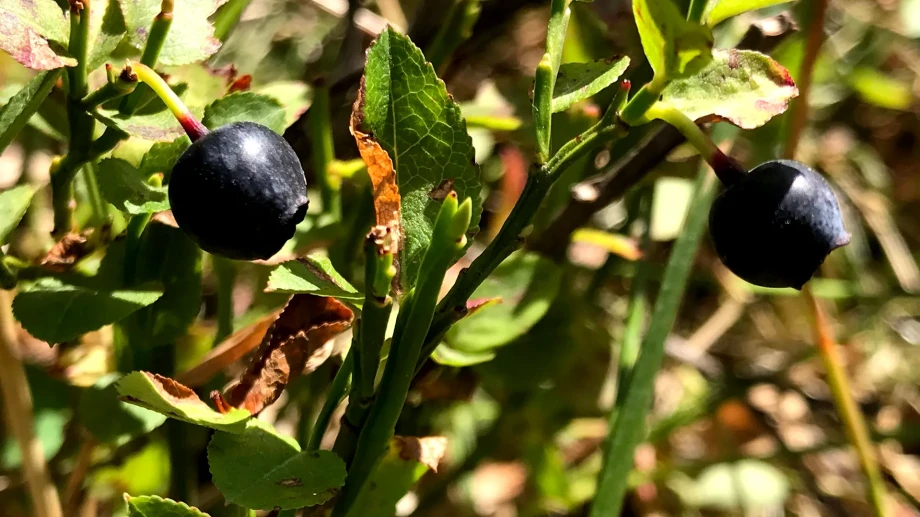Climate change and forest management pose a threat to the microbes in blueberries, with significant differences between varieties from northern and southern Finland. This is highlighted by a recent study, which underscores the critical importance of microbes for all forms of life.
The research team, led by Professor Anna Maria Pirttilä, found that climate change and intensive forestry practices might alter the diversity of microbes living in blueberries. This change could affect the taste and shelf life of these berries.
The bilberry, or European blueberry or wild blueberry (Vaccinium myrtillus L.), is one of the most economically important wild forest berries in Northern Europe and is currently the subject of much research. Despite this, understanding of the microbes present in the fruit is still in its infancy. Postdoctoral Researcher Kaisa Lehosmaa emphasizes the importance of symbiotic microbes in producing health-promoting compounds in berries. However, details on how these microbes accumulate in berries and what factors influence their diversity are still poorly understood.
The study highlighted that various factors, such as weather conditions during the growing season, affect not only microbial diversity but also the structure of microbial communities. Therefore, climate change can have multiple effects on the coexistence of wild berries and their microbes, focusing particularly on fungal endophytes.
In a recent study, Phuong Nguyen, a doctoral researcher at the University of Oulu, along with Kaisa Lehosmaa and Anna Maria Pirttilä, demonstrated that the abundance of certain microbial genera, such as Venturia, Cladosporium, and Podosphaera, varies significantly between blueberries from northern and southern Finland. Specifically, Venturia is prevalent in the north, while Cladosporium is more common in the south.
The study also examined how different climatic conditions and soil properties, such as temperature, precipitation, pH, and nutrients, during the growing season affect the endophytic communities in blueberries. In conclusion, the researchers observed that the diversity and compositional structure of endophytes in wild blueberries reflect those in plant leaves, being influenced by various environmental factors, which in turn impact the symbiotic microbes in the blueberry.
These fascinating findings were published in January 2024 in the prestigious journal Environmental Microbiome and received support from numerous institutions, including the European Structural Funds, the Academy of Finland, and the University of Oulu.
Source: University of Oulu









